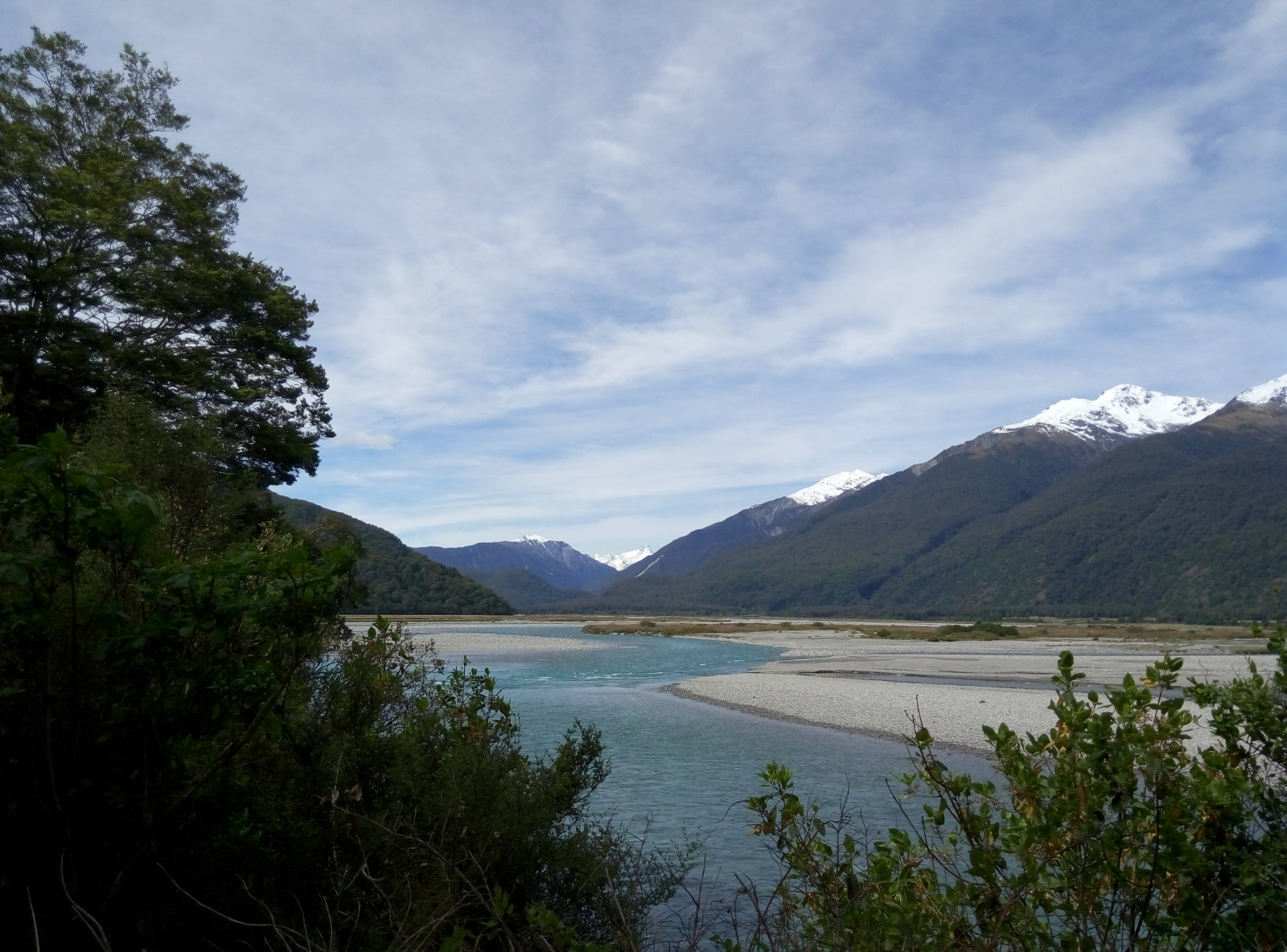
Landsborough River with Mts Solution, Ward and Trent in the distance
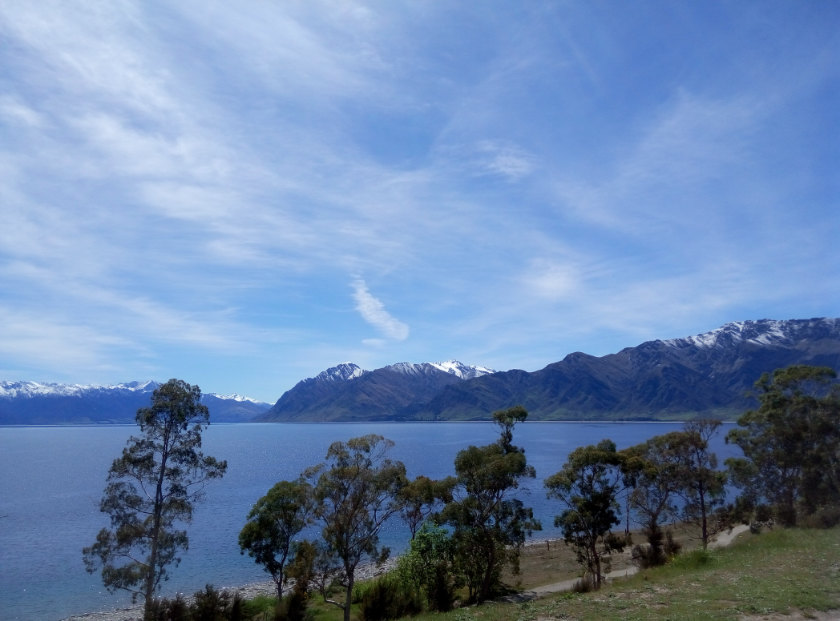
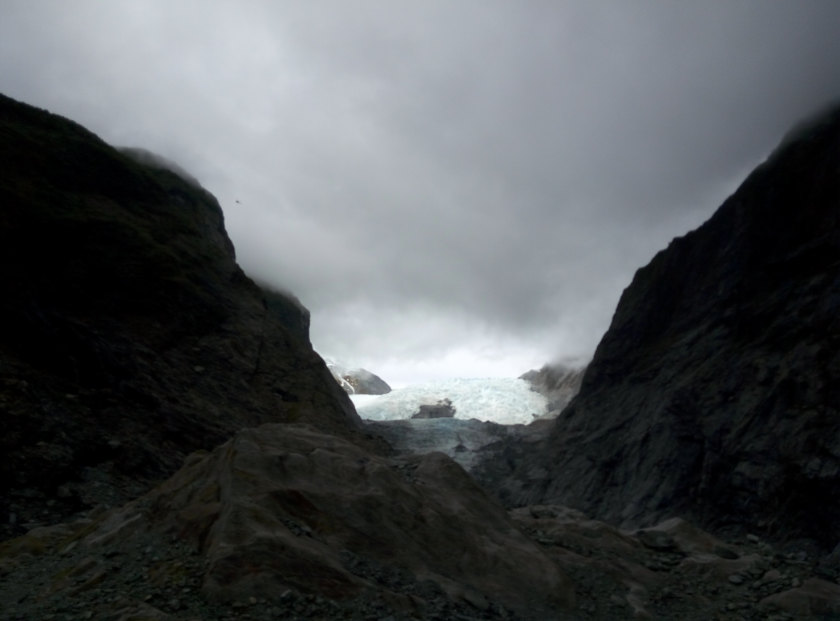 Above, from top: Lake Hawea on a sunny day. Franz Josef Glacier: the dark speck on the left isn’t dust on the lens, but a helicopter.
Above, from top: Lake Hawea on a sunny day. Franz Josef Glacier: the dark speck on the left isn’t dust on the lens, but a helicopter.
The west coast of the South Island is remote, more so when you realize that the Pass was only turned into a proper road in 1966, and not sealed with Tarmac till 1995. The Gates of Haast are a series of rapids, and, catering to tourists, there are car parks, but no viewing platform. We saw an elderly man head toward the falls to get a photograph using a traditional SLR camera, and along with his wife feared for him: this is a fairly unspoiled part of the country and visitors need to take care. The bridge is for vehicles only: there’s nowhere to stand aside should cars come through from both sides.
Through the Haast Pass, you notice the lush vegetation covering the area, and hillsides that come out at precarious angles. It’s definitely no longer the Wanaka and Queenstown Lakes’ district. If we thought Wanaka was a step away from civilization, the Haast Pass and, eventually, the Landsborough River, were further still. This is glacier country: from the River ytou can spot three prominent peaks (Mts Solution, Ward and Trent), all of which would have been covered by ice 100,000 years ago. The remaining famous glaciers—Fox and Franz Josef, further along the state highway—are evidence of the glaciation that once took hold in this rugged part of the country. Although we were driving on a sealed road, you had the feeling you were seeing sights that early Māori settlers did. The landscape was untamed, and intentionally kept as wild as possible, with the region—correctly named Te Wāhipounamu—a World Heritage Area.
We saw the Tasman Sea, at long last, upon reaching Bruce Bay, though as we headed toward the glaciers, a coastal drive was short-lived.
continued below
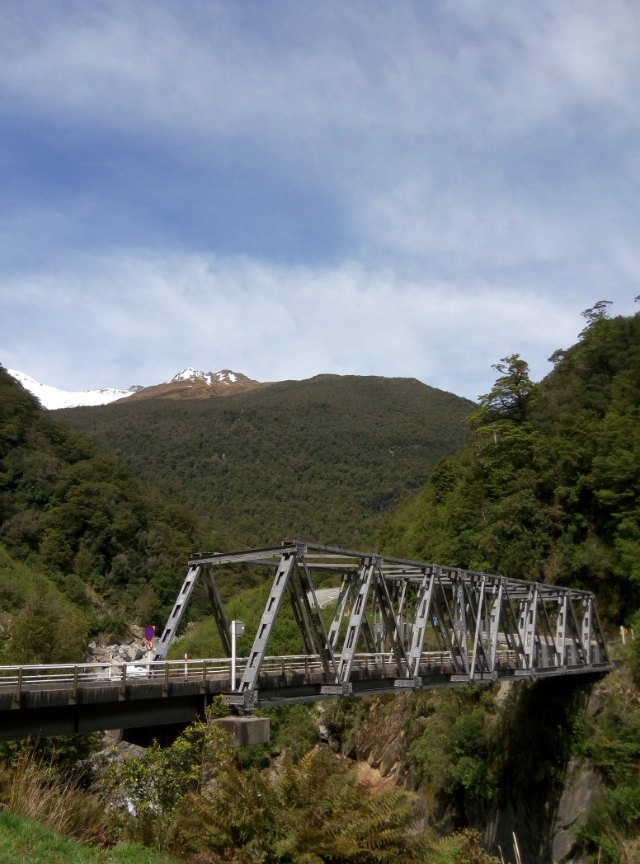
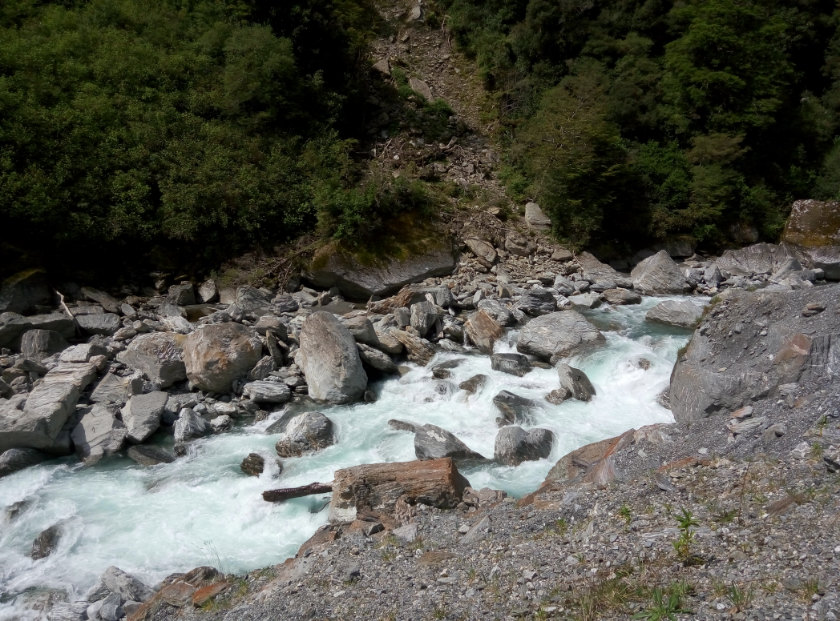 Above: The rapids at the Gates of Haast.
Above: The rapids at the Gates of Haast.

Above: Haast, making it through the difficult roads.
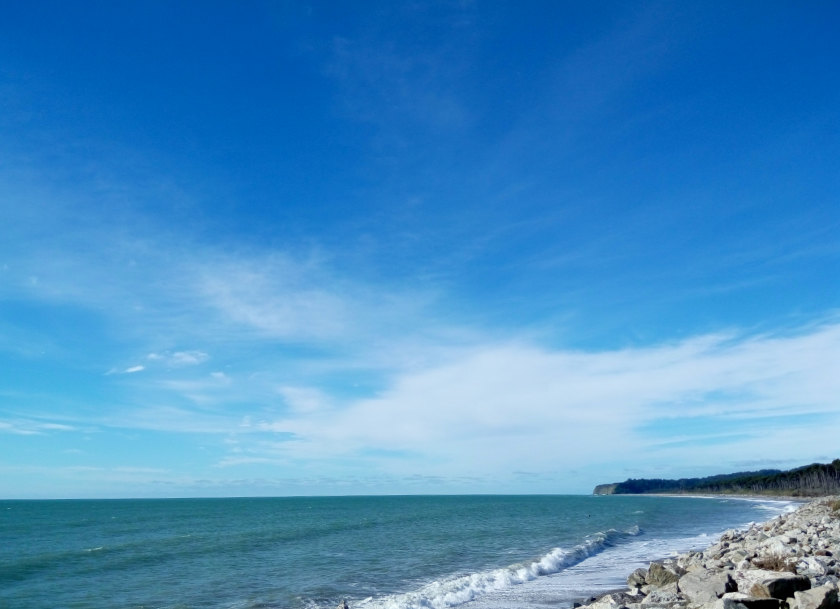 Above: Finally in sight of the sea near Bruce Bay.
Above: Finally in sight of the sea near Bruce Bay.
At this point, we should note the driving times are immense. Maps are deceptive to anyone who is used to modern highways: there are none here. Between Lake Hawea and Franz Josef, our stop for the night, we spent five hours, including breaks, on the road. Our original plan had been to depart Wanaka and be in Greymouth—an impossibility if you wanted to be safe. Besides, it was worth taking our time and seeing more of this part of the country.
En route, we saw a tour coach stuck on a driveway at Fox Glacier, the rear end wedged on the road so the rear wheels could make no contact. It was a reminder that this was really “the road less travelled”.
There is not a great choice of accommodation at Franz Josef, and we opted for 10 Cottages (we preferred a cottage for the space), where at least there was patchy wifi and a nearby restaurant called Alice May (corner Cowan and Cron Street). An Italian couple cooked for and served us, and the hearty New Zealand comfort food—dishes of steak and chicken—was done to a very good standard. Slightly more eerie was the identity of Alice May—an abused woman who killed the father of her child, convicted of murder, and was eventually released on clemency.
We drove to the car park of Kā Roimata o Hine Hukatere (Franz Josef Glacier) the next day and followed all the safety precautions, bringing food, water, waterproof clothing and decent footwear with us as we walked to the viewing platform. We did the standard 90-minute walk, which is mostly a riverbed path going past waterfalls. It’s important to observe all the signs as this is a volatile environment, one which had taken the lives of tourists who were more callous about the signage. Once at the end of the walk, the glacier was magnificent, with your sense of scale somewhat thrown out because of its sheer size. Only when helicopters begin flying to the glacier do you realize how massive it is. The choppers become specks as they approach the top of the glacier, for those tourists who had a bit more time to spare to get up close. Climate change, however, had taken the glacier right up the mountain from where we were: it had receded considerably since the turn of the century, and we considered ourselves lucky we witnessed it when we did.
Our last destination was Greymouth, where we had found a beautiful B&B called Ardwyn House. We had told Mary, our host, we would be a day later than planned, and she was not surprised, given the driving times. The roads took us both north and south as they wound around, initially taking us to Whataroa, where Petr Hlaváček has his gallery.
A gifted photographer, Hlaváček exhibits and sells fine art prints of the South Island, including the Southern Alps and glaciers. He also licenses his work online, at nzicescapes.com. Hlaváček spends a lot of time on his work, and some of his files have a native resolution of 50 megapixels without interpolation. When you see them up close at his studio, they are remarkably sharp, and if you wanted a souvenir from the region that wasn’t a naff trinket that’s probably made in China, Hlaváček’s work is worth looking at.
An hour and a half later, we were in Hokitika, a town with 3,600 people, and a fish-and-chip shop (interestingly, called Porky’s, at 51 Weld Street) that serves takeaways fresher than we remembered from our childhood. We snacked on whitebait fritters (gluten-free, natch) and a fish burger before heading to Greymouth.
The largest town in the region with a population of a shade under 10,000, Greymouth allowed us to stock up and buy some groceries so we could cook in Mary’s kitchen that evening. Ardwyn House is a well furnished home with thick carpets and real woollen blankets—none of this synthetic stuff, thank you—and Mary had plenty of stories about her journey out to New Zealand in the 1960s, her and her late husband’s plans to open the B&B while visiting their native Britain, and the Jaguars she once owned. There was only one other guest at the time, and she was out late, so we had a relaxing evening in front of the telly with Mary, watching Joanna Lumley visit Russia.
Greymouth is the site of a coalminers’ memorial, paying tribute to those who perished in mining accidents on the west coast, including the 29 men in the Pike River explosions in 2010. Located on Mawhera Quay, it’s a sombre reminder of how many lives have been lost. Against the backdrop of a grey day, it felt even more poignant.
To make the ferry sailing that afternoon, we skipped the Pancake Rocks in Punakaiki, though we briefly visited Reefton—known as the place that first got electricity in New Zealand, thanks to a bunch of eclectic private citizens who saw its potential—before returning to the port of Picton.
Despite all the tricky roads, we still averaged 59·4 km/h on the trip, and a respectable 43 mpg (15·2 km/l), returning home in Wellington at 10.30 p.m.
The key, we discovered, was to stay in places that were truly homes away from home. Bills Way was better than any hotel; Ardwyn House was like going to a grandmother’s nicely appointed home. This is a part of the country where you should relax and unwind, and the natural landscapes and negative ions help you do so. The last thing you need in ‘the real New Zealand’ is globalized commercialism that reminds you of the rest of the world. Focus on being there, and you’ll have a holiday to remember. •
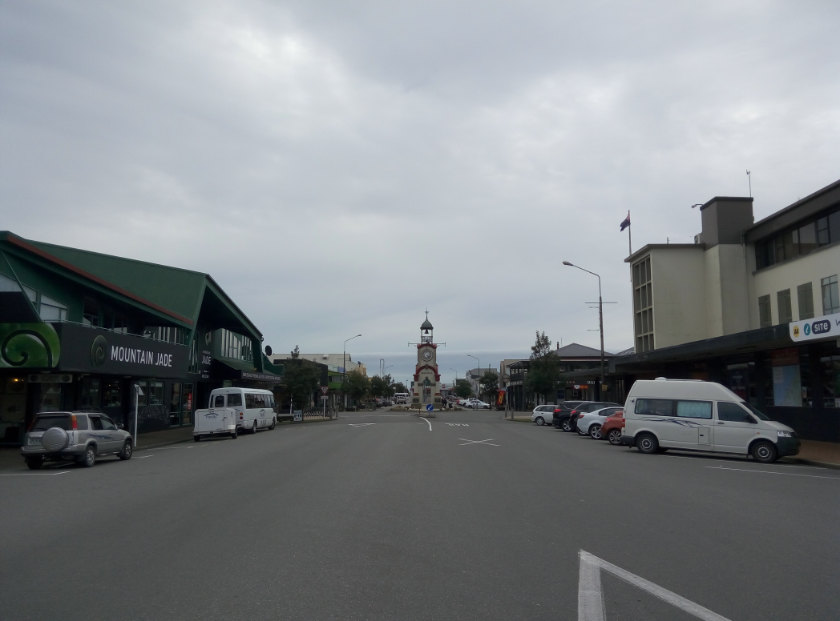
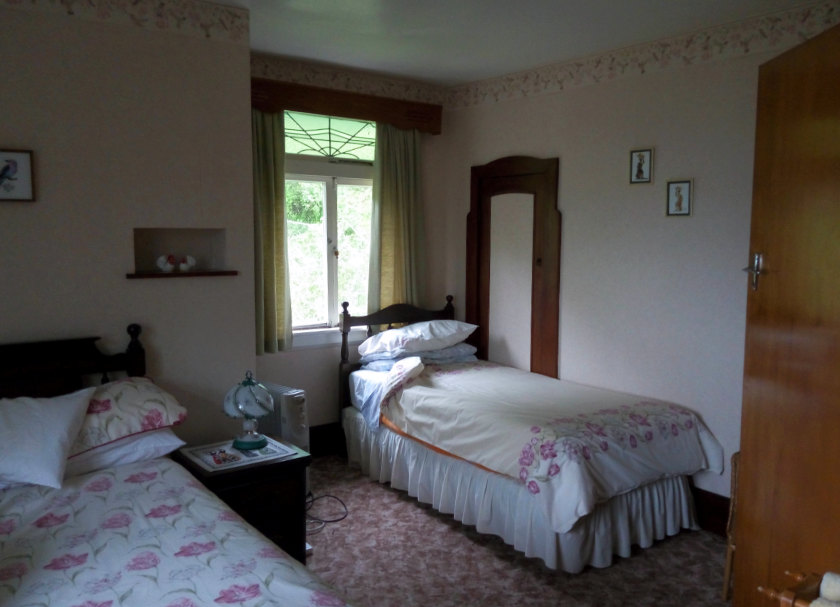
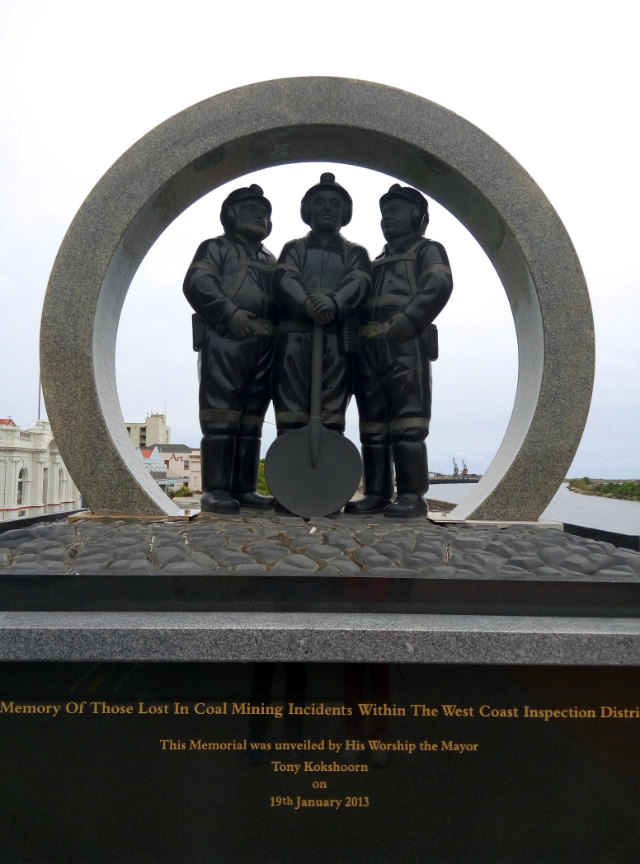
Above, from top: Hokitika. A homely bedroom at Ardwyn House. Greymouth miners’ memorial.
Related articles hand-picked by our editors
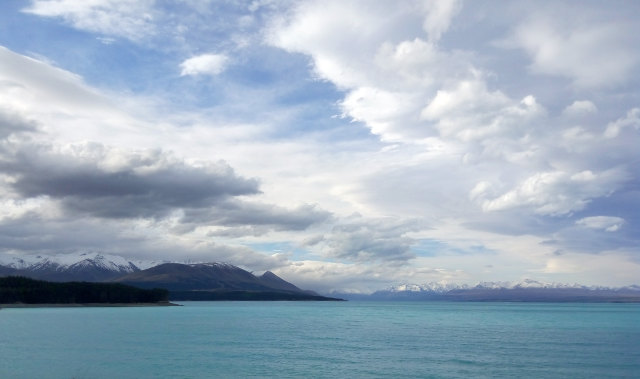
Heading into ‘the real New Zealand’
Jack Yan and Amanda Satterthwaite pack their bags for a road trip of New Zealand’s South Island. In Part One, they depart from Wellington for Picton and head to Wanaka, going via Kaikoura. Tough roads lay ahead but they were more than rewarded by the landscape
Photographed by the authors
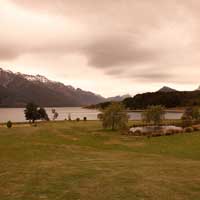 Splendid isolation
Splendid isolation
Blanket Bay in the Otago region
is rumoured to be a celebrity getaway. Jack
Yan sees a five-star boutique resort
photographed by Douglas
Rimington
From issue 16 of Lucire
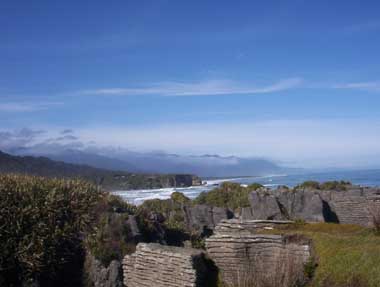 The wild west
The wild west
New Zealand’s west coast, with its stunning Pancake Rocks, is a destination
for the adventurer by Jo Donnelly
photographed by the author and courtesy Hydrangea Cottages
Advertisement
Copyright ©1997–2022 by JY&A Media, part of Jack Yan & Associates. All rights reserved. JY&A terms and conditions and privacy policy apply to viewing this site. All prices in US dollars except where indicated. Contact us here.